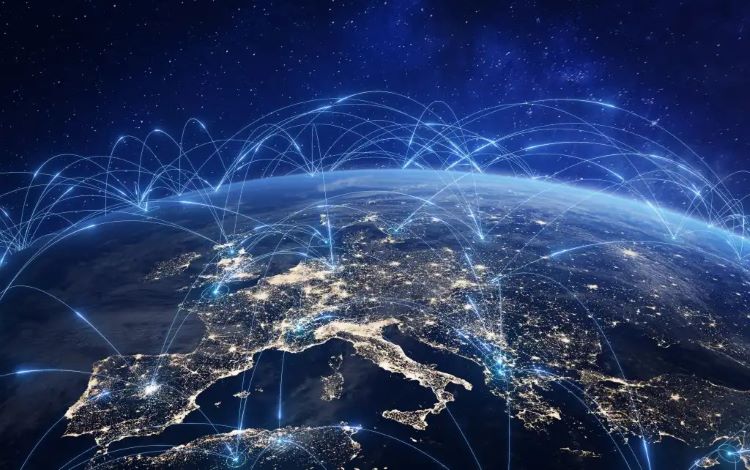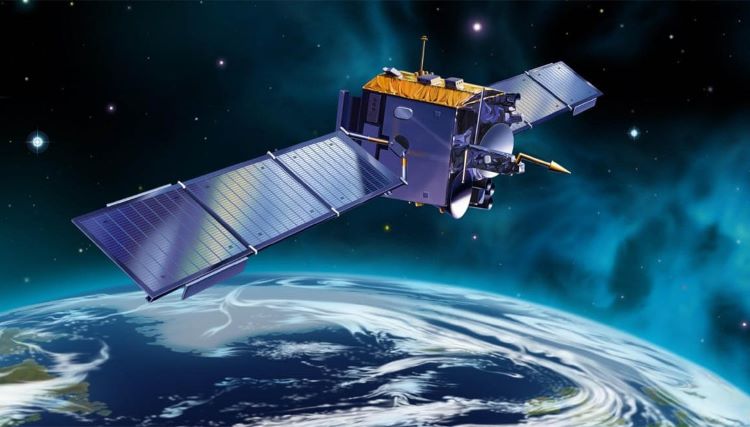
Imagine a world where hackers are powerless, global communication happens instantly, and the internet operates at speeds we can barely comprehend. Welcome to the quantum internet—a revolutionary technology poised to transform the way we exchange information. But what exactly is the quantum internet, and how does it work? Let’s dive into this fascinating concept and explore how it could change our lives.
What Is the Quantum Internet?
The quantum internet is a proposed network that uses the principles of quantum mechanics to transmit data. Unlike the classical internet, which relies on transmitting electrical or optical signals through cables and routers, the quantum internet leverages phenomena like quantum entanglement and quantum states to achieve unprecedented levels of speed and security.
At its core, the quantum internet operates with qubits instead of traditional bits. While bits can represent either 0 or 1, qubits can represent 0, 1, or both simultaneously through a property called superposition. This ability allows quantum systems to process vast amounts of information at once.
Another critical component is quantum entanglement, a phenomenon where particles become interconnected, so the state of one instantly affects the state of the other, no matter the distance between them.

For instance, entangled particles have been shown to stay connected over distances exceeding 1,200 kilometers, as demonstrated by China's Micius satellite. Furthermore, experiments have entangled particles between ground stations and satellites, paving the way for global-scale quantum networks. This "spooky action at a distance," as Albert Einstein famously described it, is the backbone of quantum communication.
How Does the Quantum Internet Work?
The quantum internet relies on creating and maintaining entangled particles across vast distances. Here’s how it works in simple terms:
Quantum Entanglement for Data Transfer: When two particles are entangled, any change to one particle’s state is reflected in the other instantly. This property allows the teleportation of quantum states—a cornerstone of quantum data transmission.
Quantum Repeaters: Entanglement is fragile and tends to degrade over distance due to environmental factors. Quantum repeaters are devices that help extend the range of entanglement, making long-distance quantum communication feasible.
Fiber Optics and Satellites: Quantum communication experiments today use fiber optic cables or satellite-based systems to establish and maintain entanglement. For example, China’s Micius satellite has successfully demonstrated quantum key distribution over thousands of kilometers.

Micius satellite
How Will It Revolutionize Communication?
The quantum internet promises to transform communication in three major ways:
1. Unhackable Security
Quantum mechanics offers unparalleled security. With Quantum Key Distribution (QKD), encryption keys are transmitted via quantum particles. Any attempt to intercept or measure these particles disrupts their quantum state, immediately alerting both parties to a breach. This makes quantum communication inherently secure and resistant to eavesdropping.

2. Faster and More Efficient Data Transfer
The quantum internet’s ability to process data in parallel rather than sequentially could drastically reduce latency and improve bandwidth. Complex computations, such as weather modeling or real-time global communications, could be handled far more efficiently.
3. Scientific Collaboration
With a quantum internet, researchers worldwide could share quantum experiments and data instantaneously. This seamless exchange could accelerate breakthroughs in fields like medicine, materials science, and artificial intelligence.
Challenges in Building a Quantum Internet
While the potential of the quantum internet is exciting, significant hurdles remain:
Technical Barriers: Maintaining quantum entanglement over long distances is challenging due to a phenomenon called decoherence, where quantum states are disrupted by their environment.
High Costs: Building and scaling the infrastructure for a quantum internet, including quantum repeaters and satellites, requires substantial investment.
Scalability: Current quantum networks are small-scale prototypes, and scaling them to a global level is an ongoing challenge.
Current Progress and Milestones
Despite these challenges, researchers have made impressive strides:
China’s Micius Satellite: This quantum satellite has demonstrated secure communication between ground stations over distances of more than 1,200 kilometers.
City-Scale Quantum Networks: Cities like Delft in the Netherlands and Beijing have pilot projects creating secure quantum communication links.

Delft in the Netherlands. International Collaboration: Institutions like MIT, Caltech, and Europe’s Quantum Internet Alliance are working to develop the first large-scale quantum networks.
The Future of Quantum Communication
The quantum internet could become a reality within the next few decades, unlocking a new era of connectivity. Here are some potential applications:
Global Financial Systems: Banks and financial institutions could use quantum encryption to secure transactions, eliminating fraud and cybercrime.
Healthcare: Quantum networks could enable instantaneous sharing of medical data, such as genetic information or diagnostic results, worldwide.
Government and Defense: Governments could use quantum communication for unhackable military and diplomatic channels.
Conclusion
The quantum internet represents a fundamental shift in how we communicate. With its promise of unhackable security, faster data transfer, and transformative applications, it could reshape industries and redefine the limits of human collaboration. While significant challenges remain, the progress made so far brings us closer to a future where communication is limited only by the laws of physics.





